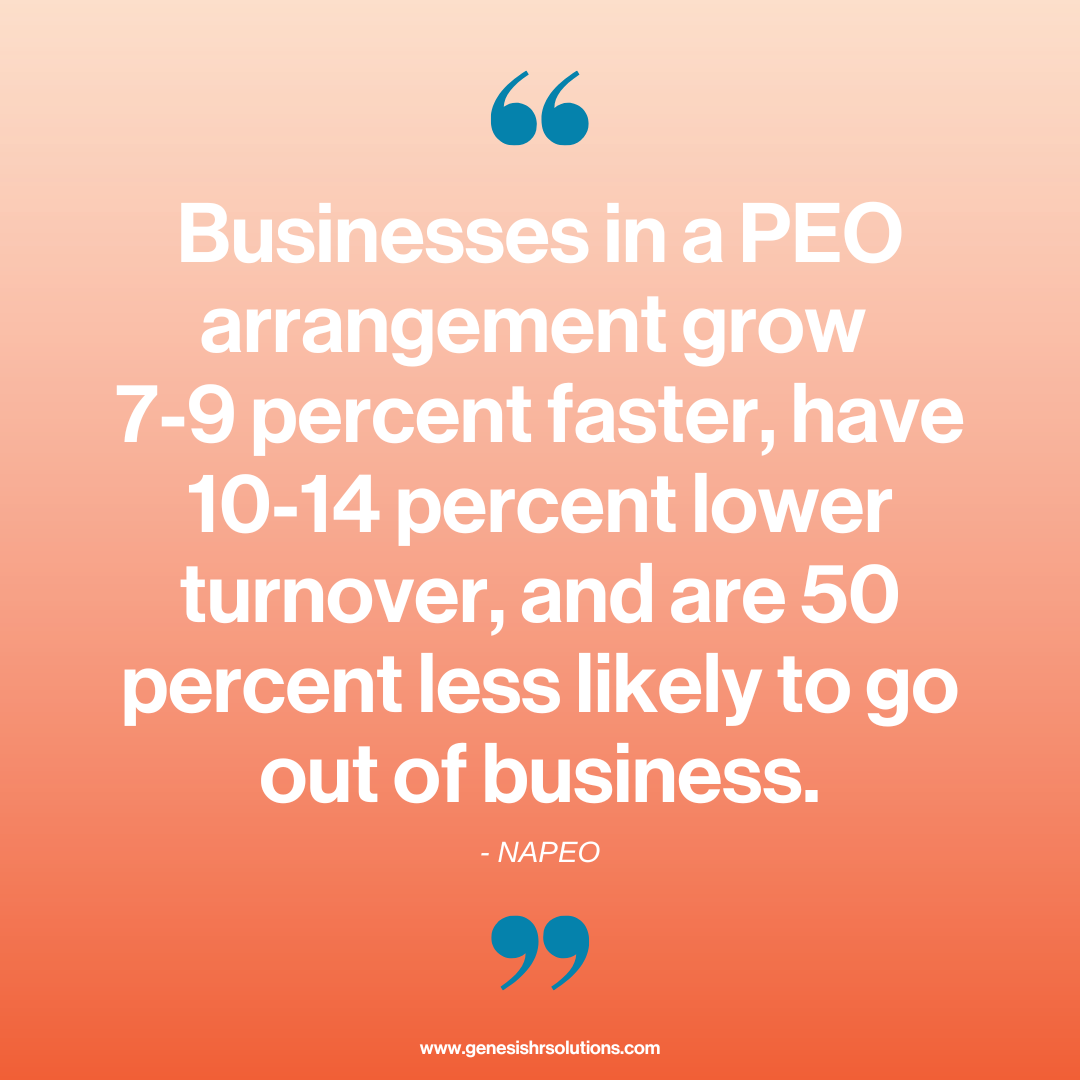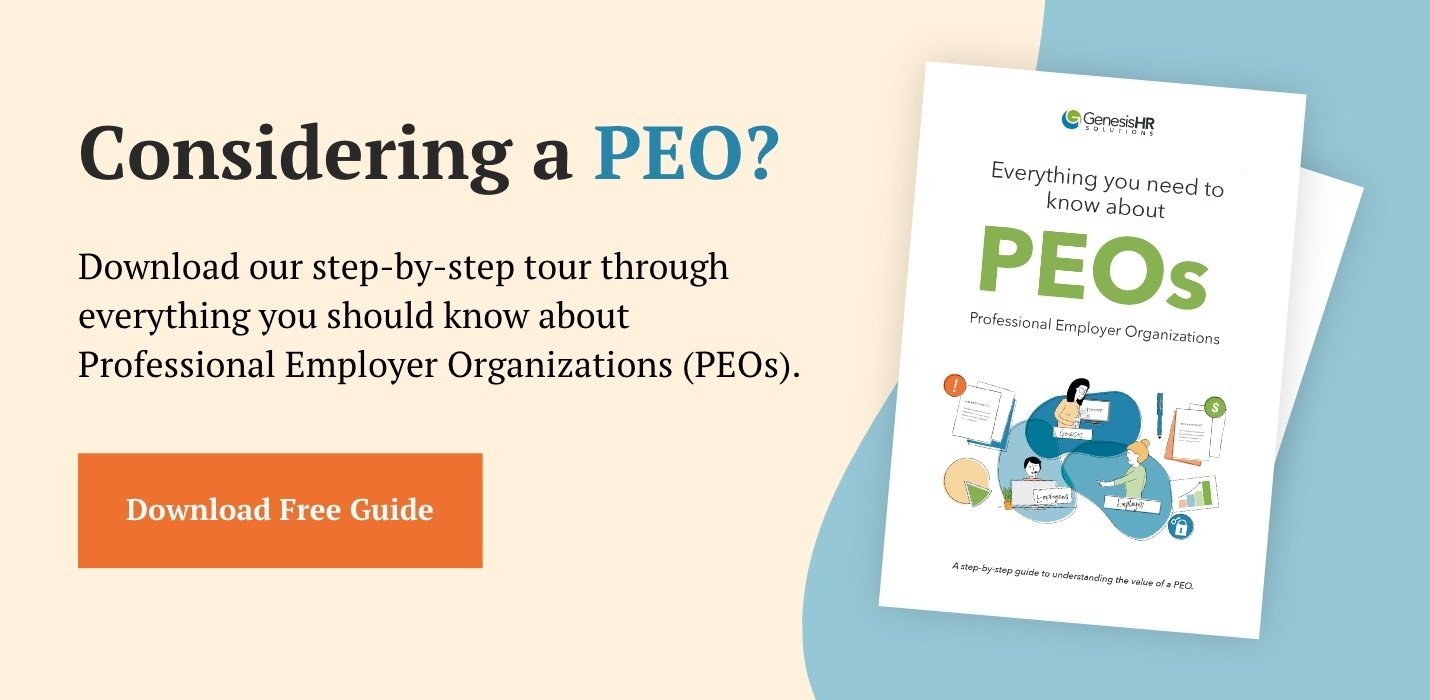Whether your company is losing employees because they’re quitting or because you are terminating them, you need to know why. In this article, we’ll discuss voluntary vs. involuntary employee turnover types and what they mean for your business.
The Turnover Calculation Formula
First things first: Every HR department should be tracking the data around departing employees, so they know what the most frequent causes of turnover are (and can take action if necessary). Calculating your employee turnover rate can give you that data. Employee turnover rate is the percentage of employees who leave your organization during a certain period of time.

Using this formula, you can track total turnover, which includes all terminations and voluntary departures—anyone who has left the company for any reason. However, in order to use this information to make positive changes in your company, you need to be able to sort turnover into two buckets, voluntary turnover vs. involuntary turnover, and calculate the turnover rate for each.
Types Of Employee Turnover: Voluntary Vs. Involuntary
Voluntary employee turnover occurs when employees willingly choose to leave their positions.
Involuntary employee turnover occurs when employees are terminated from their positions.
Involuntary Turnover Examples
At GenesisHR, we classify involuntary turnover into more than a dozen categories for our clients, including the following major types:
- Poor performance: The employee didn’t perform well at the job, a fact which should be well-documented along with evidence of training.
- Unsatisfactory background check: This includes falsifying records and failed drug tests.
- Unsatisfactory performance within probationary period: In this case, the employee did not make it through the first 90 days of employment.
- Insubordination/violation of company policy: The employee clearly made a decision to refuse to follow directives and/or company policies.
- Involuntary lack of work/loss of position: These are layoffs. (Note: If you’re going through a company downsizing, this type of involuntary turnover is actually healthy.)
- “Not a fit”
Dealing With Involuntary Turnover
As an HR professional, the presence of a high involuntary turnover rate should compel you to examine the reasons behind it and address what you find. It could mean you’re not looking for the right people from the start, and as a result wasting time and resources on training and recruiting.
Voluntary Turnover Examples
We classify voluntary turnover into 19 categories, with the most common being:
- Job abandonment: The employee was a no call/no show for a set period of time, typically 3 days.
- Found another job: The employee found employment elsewhere. (This is typically money- or management-related. If this classifies a large chunk of your voluntary turnover, you may need to investigate your managers more closely, or whether or not you are paying your employees enough.)
- Voluntary personal reasons: This could include reasons like needing to handle pressing family members, or a change in priorities within an employee’s personal life (or wanting to run off and join a cult or follow their dreams to play the trombone in the marching band.)
- Voluntary return to school
- Military reasons
- Voluntary job dissatisfaction: The employee is leaving because they are unsatisfied with the job or company. This is something employers can control—they simply need to know the underlying cause of employees’ dissatisfaction.
- Voluntary relocation
Dealing With Voluntary Turnover
Because the cost of re-hiring is so high—plus onboarding and training—a reduction in voluntary turnover is almost always reflected in the bottom line. When dealing with voluntary turnover within an employee’s first 90 days, I first look at their hiring manager (to see if the manager set reasonable expectations) and the training program (to see if it provides the employee with the skills and knowledge they need to be successful in their role). If an employee is leaving for another job, it’s important to do a comparison between your company’s payscale and your competitors to see where you land.
What about retirement & internal transfers?
You may have noticed that neither retirement nor internal transfers landed on either list. In my mind, these two scenarios don’t qualify as turnover. Here’s why:
- In retirement, your employee isn’t leaving for any competitor or any negative reason that should be counted against you. Your HR team should monitor when employees hit retirement age, and prepare for the transition of business. For retirement, your job is to make sure your company has appropriately trained people to take over the retiree’s workload and expertise.
- Internal transfers are desirable vs. leaving a company, because your company is retaining and promoting a valuable employee to a position where they will continue to contribute.
A note on functional and dysfunctional turnover:
Another aspect to consider when reviewing employee turnover is functional vs. dysfunctional turnover.
- Functional turnover means poor performers are leaving your organization. Example: having a poor performer you are managing through a Performance Improvement Plan. It is clear the employee simply cannot meet the goals and expectations of the position. Rather than terminate the employee for performance, the employee voluntarily departs. Another example would be an employee who is on a final written warning for attendance, the employee then tells the employer that due to family issues, the employee can no longer work the hours expected and gives notice.
- Dysfunctional turnover means top performers are leaving your organization. Example: A high performer leaves for a competitor to make more money and for a bigger title. Another example would be when a reliable employee quits because they needed to adjust their work hours and the company could not accommodate the needs of the employee.
Ideally, you have higher numbers of functional turnover and low numbers of dysfunctional turnover. However, calculating this type of turnover can be difficult, because the criteria for determining high and low performers changes depending on managers and supervisors.
How much employee turnover is healthy?
All turnover is not created equal. While many people think any amount of employee turnover is an ominous sign, I want to encourage business owners and leaders to view a certain amount of employee turnover as a good thing. So what are the numbers you should pay attention to?
- Zero turnover is not a viable goal. Some turnover is healthy; it allows for fresh ideas and new people to come in and shake up an organization. I actually get nervous when people say they have extremely low turnover, because that likely means they’re not innovating!
- In my opinion and experience, anything less than 10 percent turnover is a reasonable number I’m not concerned about (but that I’m certainly monitoring). One caveat: The threshold for reasonable numbers is, in many cases, industry-specific; for example, the hospitality industry has huge turnover.
- Turnover rates of more than 20% should be investigated. An HR professional should have a strong understanding of the reasons behind turnover if it is greater than 20%. If the turnover matches your industry, then you may not have a concern, but you should have your finger on the pulse.
The key here is to measure every single termination. Set your parameters of voluntary and involuntary turnover; be consistent in recording and measuring every termination; and think through the data so you can understand it. By analyzing the reasons and trends behind departures and taking corrective action when necessary, you can make your organization a better place to work.
Want reduced employee turnover? Consider a PEO like GenesisHR.

Companies that partner with a Professional Employer Organization (PEO) like GenesisHR typically have reduced turnover—as much as 10-14% lower annually than that of comparable companies. Here’s why:
- We help you figure out your turnover rates, identify the reasons people leave, and help you come up with a plan to address those issues.
- We help you manage “good” turnover, so you’re in a better position to retain the right employees.
- We give you access to benefits packages you may not be able to provide on your own, a factor that becomes especially important if you’re losing good talent to competitors who can offer better benefits.
With GenesisHR on your side, you’ll be able to hire high-performing employees and keep them from jumping ship. Less turnover means your company will be better positioned to meet its goals instead of getting caught in a rehiring/retraining trap. If that sounds like something you’d be interested in, we’d love to share more about how our PEO might be able to help your company reach its goals. Just schedule a call with GenesisHR today.





